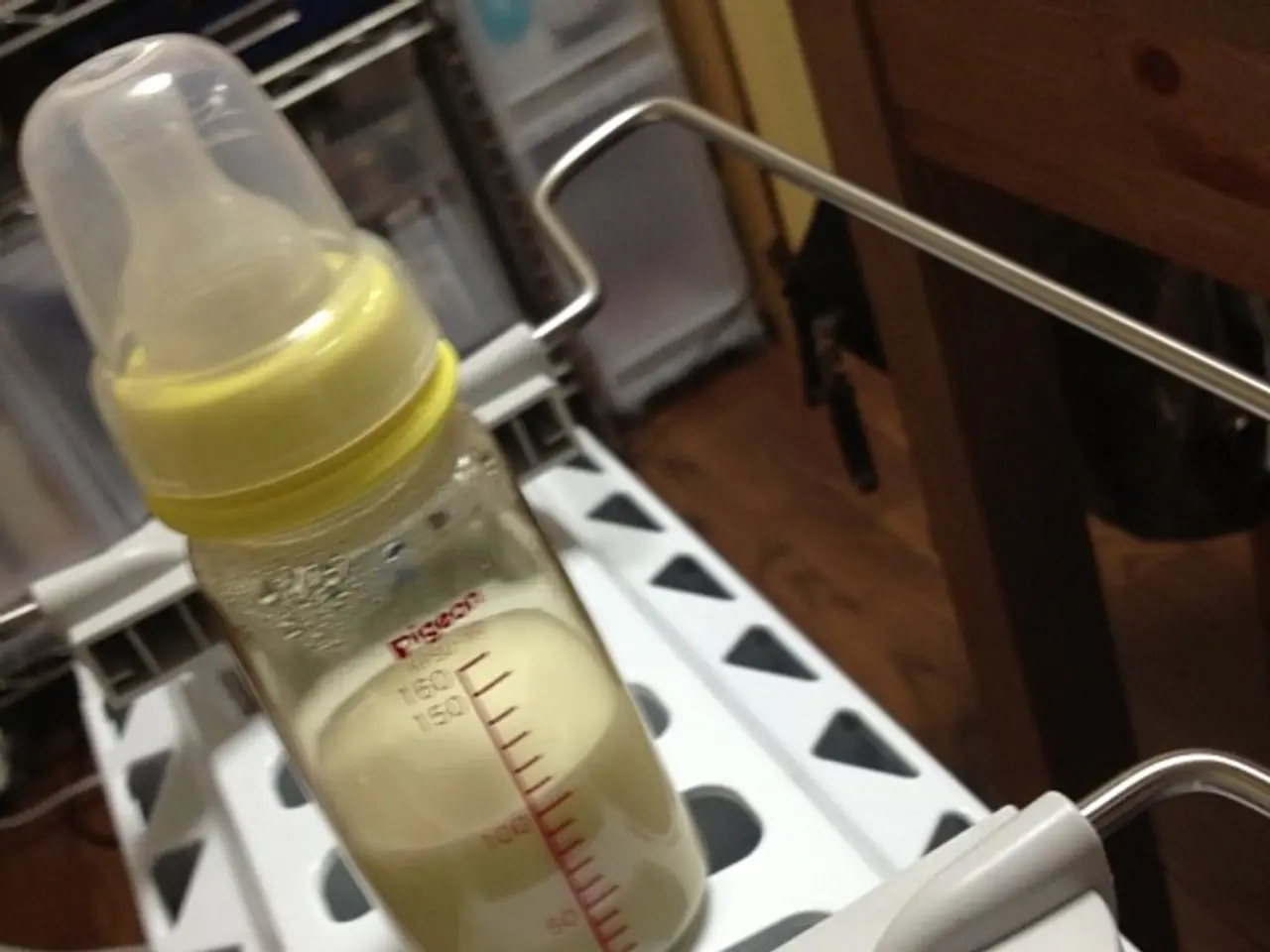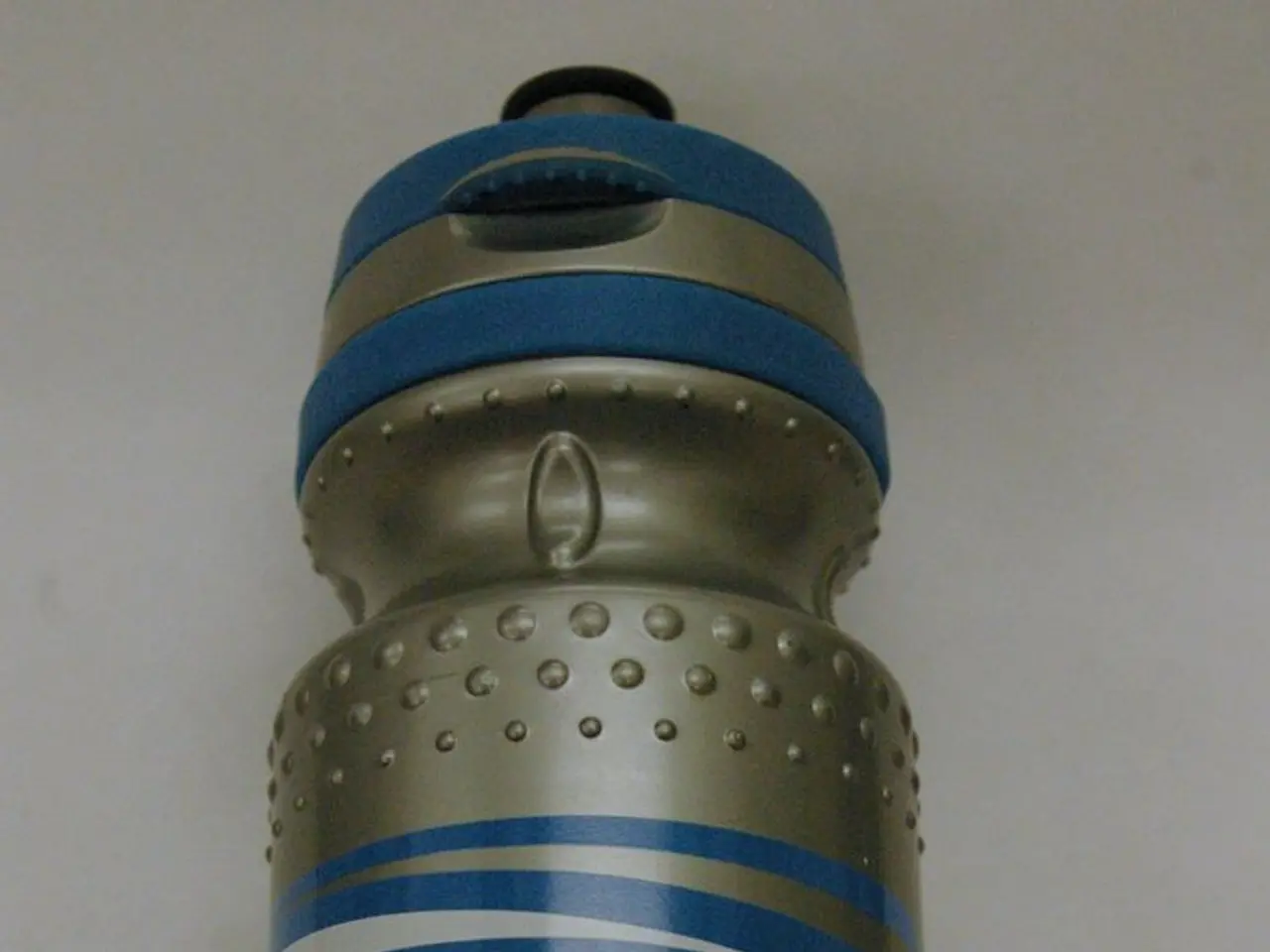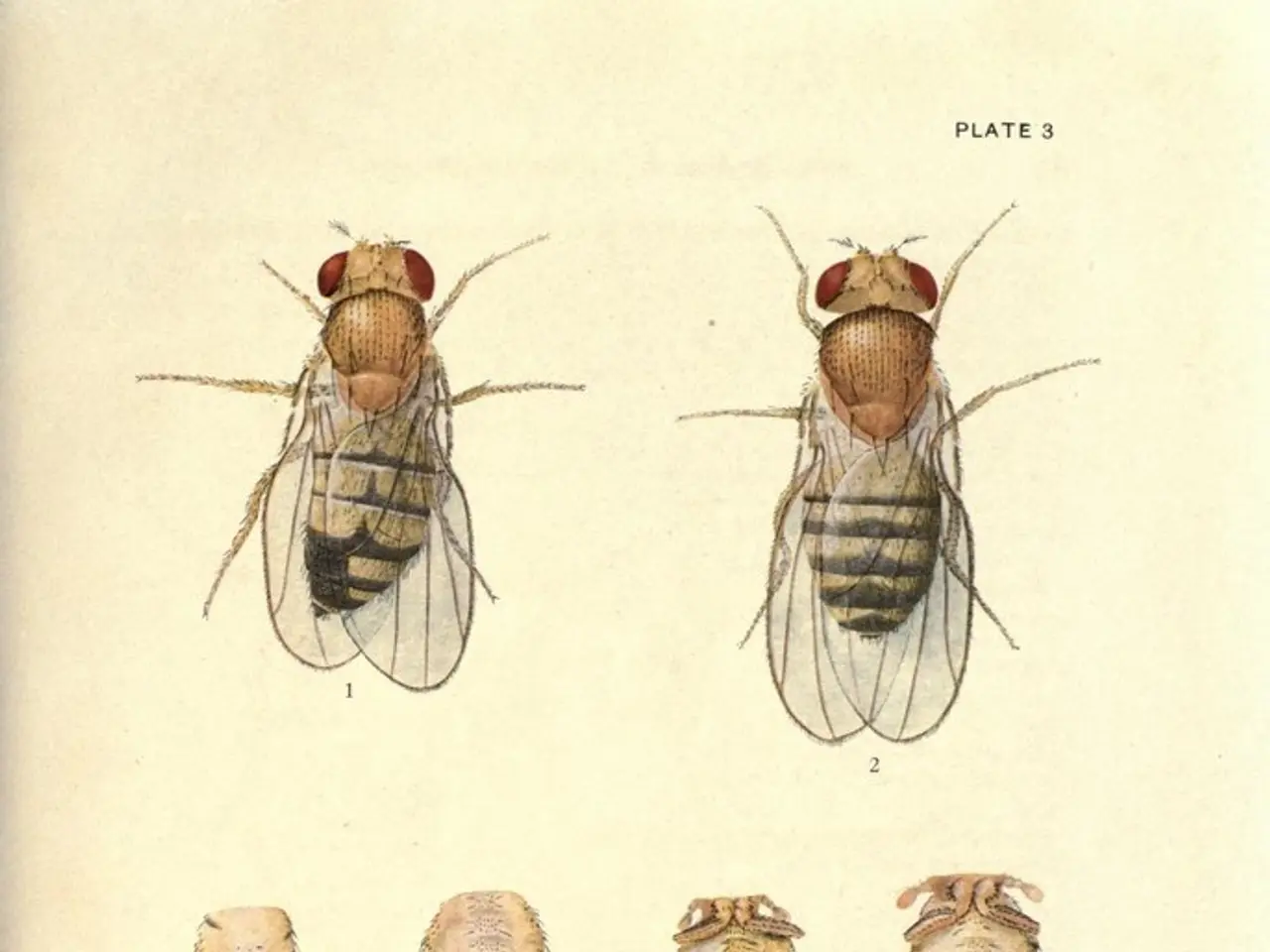Top Picks for Indoor Plants that Alleviate Allergies
Indoor plants are not just decorative elements; they play a significant role in improving air quality and alleviating allergy symptoms. Here are some low-pollen, hypoallergenic, and air-purifying varieties that are perfect for allergy-prone individuals.
The Snake Plant, scientifically known as Sansevieria trifasciata, is a common, easy-to-care-for houseplant often found in homes, offices, and medical settings. It reduces carbon dioxide and toxins like formaldehyde, adds oxygen, and produces little pollen, making it suitable for allergy sufferers.
The Areca Palm (Dypsis lutescens) and Bamboo Palm (Chamaedorea seifrizii) are natural humidifiers, which can ease allergy and asthma symptoms by adding moisture to dry indoor air. Both are low-maintenance and good for asthma and allergy relief.
English Ivy (Hedera helix) is known for reducing airborne mold spores, a common asthma and allergy trigger.
Aloe Vera, with its succulent leaves, releases oxygen at night and absorbs CO2. It's also safe for most pets and beneficial for air quality.
The Boston Fern (Nephrolepis exaltata) detoxifies air and adds humidity, which can soothe allergy symptoms.
The Spider Plant (Chlorophytum comosum) is another plant that helps cleanse the air and is often recommended for people with allergies.
The Peace Lily (Spathiphyllum wasllisii) is a popular indoor plant for people with allergies, known for cleansing the air by removing Volatile Organic Compounds (VOCs). However, it is toxic to cats, so caution is advised if pets are present.
The Philodendron is a vine plant that can be trained up a trellis or spread out across a room or even up a wall. It is easy to grow, forgiving of different lighting conditions, and helps cleanse the air.
The Devil's Ivy/ Pothos (Epipremnum aureum) is another choice for people with allergies, with the golden pothos being particularly effective at air purification.
Azaleas (Rhododendron spp.) are a beautiful, flowering plant that is considered safe for people with allergies or asthma.
Remember, when choosing indoor plants for allergies, it is crucial to select hypoallergenic species that do not release irritating pollen and to ensure plants are safe for pets and children if relevant. Additionally, regular vacuuming (with a HEPA filter, if possible) and keeping ceiling fans and light fixtures free of dust and build-up can also help improve indoor air quality.
Lisa Clark, a freelance writer, enjoys teaching her kids about gardening, planting flowers, and collecting houseplants. She shares her love for these green companions and their benefits for indoor air quality with her readers.
[1] Plants for Clean Air [2] Top Indoor Plants for Allergy Sufferers [3] Best Houseplants for Allergy Sufferers [4] Indoor Plants for Allergy Sufferers
- Organic houseplants like the Snake Plant, Aloe Vera, and Boston Fern are often found in homes and offices, helping improve air quality by reducing carbon dioxide, formaldehyde, and providing oxygen with minimal pollen.
- The Areca Palm and Bamboo Palm, known for their natural humidifying properties, can alleviate allergy and asthma symptoms by adding moisture to dry indoor air.
- English Ivy is commonly used for reducing airborne mold spores, a common asthma and allergy trigger, making it a suitable addition to a home-and-garden or lifestyle.
- The Peace Lily,with its ability to remove Volatile Organic Compounds (VOCs) from the air, is a popular choice among health-and-wellness advocates looking to enhance their indoor air quality; however, it is toxic to cats, so care must be taken when pets are present.
- The Philodendron and Devil's Ivy (Pothos) are vine plants that not only assist in cleansing the air but also add aesthetic value as decorative elements, making them ideal for a holistic lifestyle centered around home-and-garden, fitness-and-exercise, and nutrition.
- Azaleas, a flowering plant considered safe for people with allergies or asthma, can be an excellent addition to a garden that promotes a healthy lifestyle and well-being.




